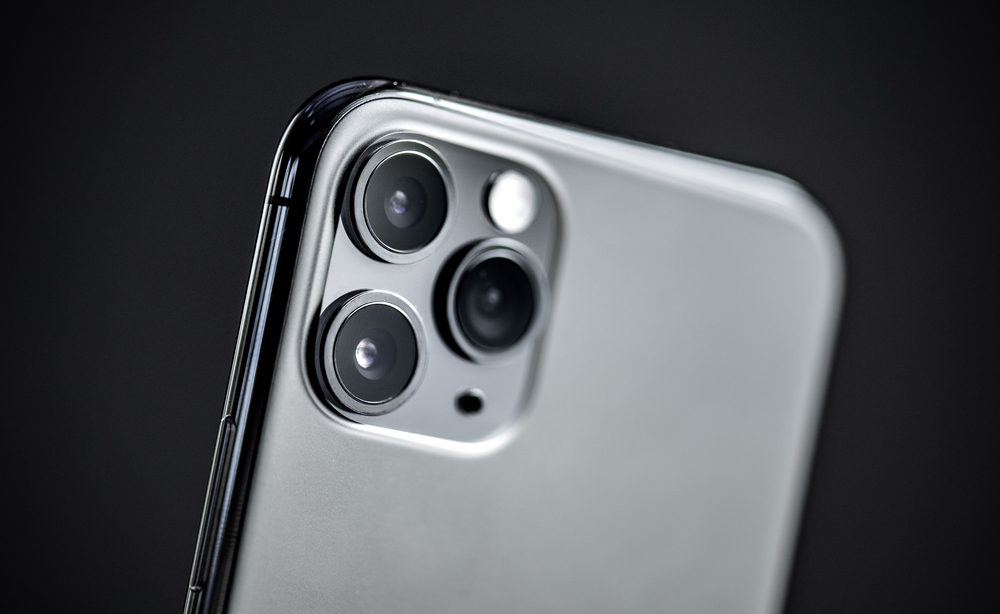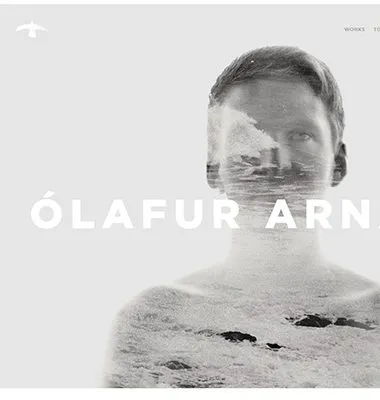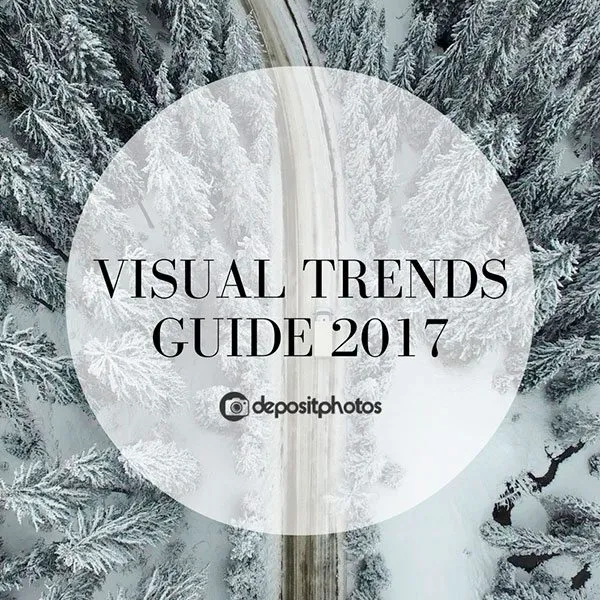3 Ways AI is Changing Photography Right Now
You might not know this but artificial Intelligence already plays a significant role in our lives. It helps us do things quicker, better, and faster and not waste time on mundane tasks. Our smartphones are equipped with AI cameras, the quality of images is better than ever before, and apps and software are automated so we can devote more time to creativity and craftsmanship.
The question for all photographers remains — will AI have a hand in changing your profession in light of this? The simple answer to this question is “yes”, but to what extent is AI changing photography?
In this article, we name three ways in which AI is changing photography right now and give examples of technology that is both exciting and scary because of future implications.
1. AI is altering the core idea of photography
With first photography attempts in the 19th century, the idea of photography became clear: to share with others what our eyes can see. Being defined as craftsmanship and art of literally recording the light to create durable images, photography required particular technicals skills. Arguably, until now.
The further contemporary technology evolves, the bigger the question mark is over the initial idea of sharing and light recording. This has become particularly evident when Microsoft released the Drawing Bot which generates images from captions. What’s even more interesting, you don’t have to include too many details in the description. Something brief like “yellow body, black wings, and a short beak” is enough to get an outline of a bird. At Microsoft, they also say that the image will probably contain details that are not stated in the caption. This is to showcase that the Drawing Bot has not only artificial intelligence but also artificial imagination.

source: Microsoft Blog
At first sight, you can come to the conclusion that this technology is extremely helpful for designers who, for instance, can simply input a short caption to get a complete interior design render. However, the images that the Drawing Bot creates look so authentic that they can easily be mistaken for real photographs. What this means is that this technology is basically changing the foundations of photography and our understanding and definition of it. Now you don’t need light to create imagery. It can be done with text. Who saw this coming?
There’s another cutting-edge technology, Google Clips, and it considers photography from a totally different perspective. Meanwhile, the Drawing Bot does not require the light to create images, Google Clips neglects the role of the photographer to some extent.
What it offers is more applicable to amateur photographers and all people who have a smartphone in general. It allows you to be present in all the photos and capture all the authentic moments without any delay. Also, while you’re not aware of it.
Google Clips is a small camera that connects to an iPhone, Google Pixel or Samsung Galaxy S7 and S8 through Bluetooth and WiFi. Using Google’s people detection algorithm, it scans familiar faces and activity happening in the room and automatically captures authentic moments. Thus, you don’t have to be behind a camera or even put your smartphone on a timer.
It does not have a display or user interface but with the series of photos it takes, you can later find them on your phone. In short, Google Clips solves the issue we all encounter from time to time but also questions the need of a person to be behind the camera and make artistic decisions about composition.
If a decade ago technical skills and an eye for photography were a must for both professionals and enthusiasts, today even a newborn with a smartphone can take a decent photo. It’s enough to look at the latest advancements with Apple.
The artificial intelligence camera of Apple’s iPhone 11 Pro allows one to take pictures in challenging conditions and not put a lot of effort into finding the perfect angle. By the time you press the shutter button, the three iPhone cameras will already take eight images. Moreover, the gadget will compare all these pictures and merge them together to get the best possible version of a photo. It turns out that the next time when you’re excited about how good the result is, it might not be your merit at all.
2. AI is changing how we store and manage photos
AI is here to make our lives less complicated and that’s true. It has never been easier to store terabytes of photos and to quickly find exactly what you need. If you’re a fan of Apple, you’re definitely using iCloud, the algorithm of which recognizes faces and locations of the images. Or, perhaps, you store your images on Google Photos, where the AI features are drastically changing the longevity and function of photography right now.
The bright example is Google Cloud Vision API which allows to securely store images, browse and process millions of photos, and detect their metadata: faces, landmarks, handwriting, text, and other important details that are usually ignored by management systems.
This technology is especially useful for photo editors. When Google partnered up with The New York Times to digitize their photo archive of approximately five to seven million items, they have also created an infrastructure that grants immediate access to the desktop archive. This technology makes it possible to not only cover what is happening now but see the bigger picture and draw in the context of what preceded the current events.
Today, storytelling is not just a concept for creating a series of visuals with a narrative. It has a deeper meaning of figuring out facts, events, and piece by piece making up a story that matters to tens of millions of people. Photos that could have been buried in the archives forever, now get a chance to comply with the idea of sharing with others what someone’s eyes saw.
3. AI is affecting the processes of editing and post-production
Editing and post-production are other areas that are getting affected by AI. Alex Tsepko, CEO of Skylum Software, suggests that in five or ten years, photography will be powered by artificial intelligence. Photographers will be able to easily cope with technical and procedural tasks. The pictures we take, even with a smartphone, will be of much better quality.
The latter has already become possible when Apple introduced HEIF, High Efficiency Image Format, for devices upgraded to iOS 11 or later. It allows for higher image quality than JPEG but weights twice less. What this means is that now you can store many more images on your devices and iCloud Photos without compromising in quality. In addition, at the stage of post-processing you’ll be able to make more tweaks than with a JPEG.
However, you don’t have to put too much effort into editing or post-production. With AI technology in Luminar 4, you can make dozens of complex adjustments just by moving the slider. You can enhance face and skin tone, compensate exposure, recover color, enhance the sky, and even process RAW files.
However, there’s a point at which editing and post-production apps are altering existing reality. This is particularly happening because of GAN (Generative Adversarial Network) — an algorithm of machine-learning which enhances but also generates images. For instance, Nvidia has published a paper where they show how to create images of unprecedented quality with the help of both parts of GAN: the generator and the discriminator.
They created fake images of celebrities that look exactly like them. To achieve this result, Nvidia conducted an entire research. In short, to make GAN generate new images, the technology has to process a large scope of imagery. In addition to creating fake faces, the development of GAN can change emotions, age, and facial expressions of a person.
Having analyzed dozens of AI technology, you can come to the conclusion that the developments in this field are both exciting and scary. On the one hand, API like Google Cloud Vision gives us an opportunity to put all our effort into making the world a better place. For instance, we don’t have to spend days and weeks surfing archives and manually pulling up photos that could contribute to our work. We can easily discover forgotten stories, analyze them, share with others, and extend the longevity of stories that happened hundreds of years ago.
On the other hand, we also face technology that changes the idea and function of things and the scariest part is —, they can fake reality. In addition to Nvidia experimenting with generation of unreal celebrities, the world has already been invaded by virtual influencers like Miquela.
In 2018, Alex Tsepko claimed that AI can help photographers bridge the gap between what our eyes see and what the camera captures. Today, on the brink of 2020 we can assume that with time AI can change what photography is at its foundations. What are your thoughts on all these recent news and advancements with AI? Leave your thoughts in the comments section below.










